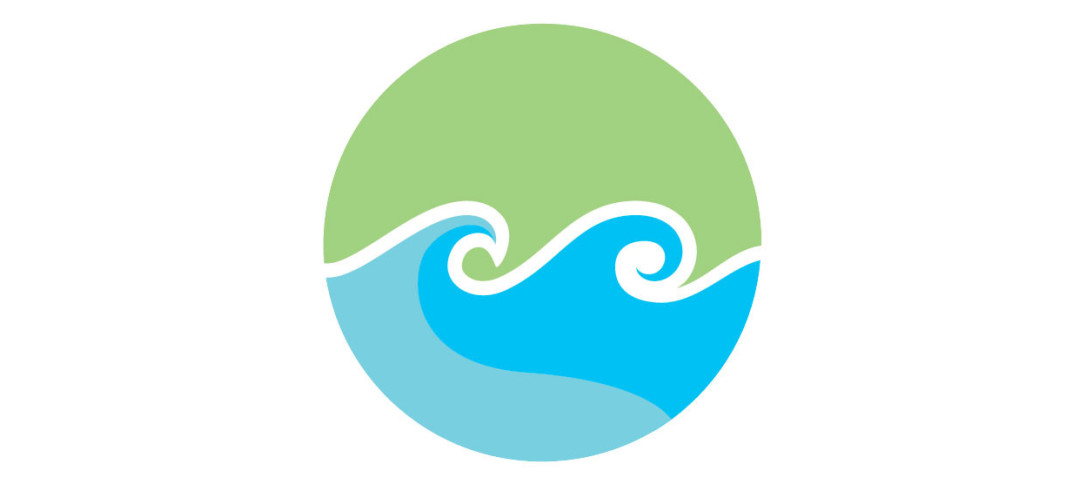
Abstract: For many years, multiple events of large breaking waves has occurred in several parts of the North Sea. Examples of such extreme events are the breaking wave seen at the TOTAL platform in 2012 and the breaking wave at the COSLInnovator in 2016, which unfortunately had a fatal outcome. At the same time, no new innovation in the wave mapping has been done. The contemporary equipment is able to map ocean waves, but not able to detect whether the breaking have occurred, instead it relies on previous knowledge on breaking waves, steepness values of waves and breaking models. In the current project, we proposed the use of LIDAR equipment to map the breaking wave. The LIDAR is able to detect the change in the breaking, when air entrapment occurs, by seeing a change in the reflection of the laser-values. This will enable the innovation of an emergency-mapping system, that’ll be able to capture (in real time), breaking waves and follow them from initial breaking point and then show how they evolve.
Bio: Thomas Kabel is currently a Post-Doctoral researcher at Aarhus University, Denmark. He is currently working on several projects involving methods of mapping waves and breaking waves specifically. Currently, an experimental campaign with several systems (ADCP, RADAR; Wave buoy and LIDAR) is undergoing. In his PhD, Thomas’ research focused on a novel method of mapping breaking ocean waves, by utilizing LIDAR equipment on offshore platforms in the North Sea to detect the breaking point of ocean waves. Within the PhD, the fusion of several cameras such as IR-, visible-cameras a long with the LIDAR allowed for the creation of a breaking detection-model.